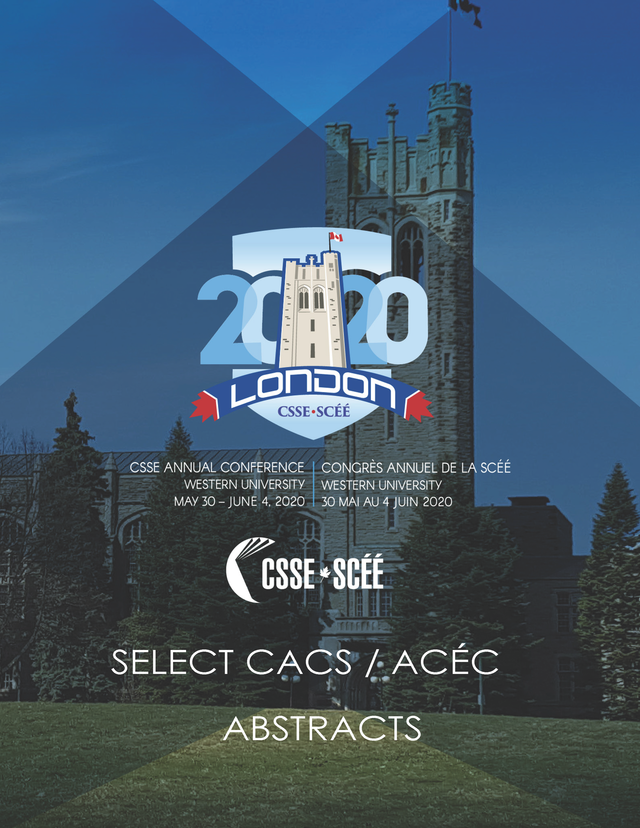Applications of Music Within the Neurolinguistic Approach in a German Bilingual School
DOI:
https://doi.org/10.25071/1916-4467.40546Keywords:
second language teaching, additional language teaching, K-6 education, Neurolinguistic Approach, music in language teaching, music educationAbstract
This paper presents a study exploring applications of music within the Neurolinguistic Approach (Germain, 2018) to enhance second or additional language teaching in a Kindergarten to Grade 6 German bilingual school. Each participating teacher was interviewed about how they employ music in the classroom, how they create musical resources for teaching language, and what benefits and challenges they have experienced from its use. One of the key findings is that teachers use songs as oral models to teach both the implicit grammar of the target language and accurate pronunciation. Furthermore, teachers are adapting existing musical resources and creating their own to provide rich texts for classroom activities to help establish routines, to aid in emotional regulation and to facilitate the memorization of difficult concepts. Finding age-appropriate materials that are suitable for the skill levels of their students remains the greatest challenge. As one of the first studies to study music with the Neurolinguistic Approach, the findings suggest that this music-integrated approach has the potential to facilitate second language teaching.Downloads
Published
27-06-2020
How to Cite
Anderson, L. (2020). Applications of Music Within the Neurolinguistic Approach in a German Bilingual School. Journal of the Canadian Association for Curriculum Studies, 18(1), 129–130. https://doi.org/10.25071/1916-4467.40546
Issue
Section
Music Education
License

Copyright for work published in JCACS belongs to the authors. All work is licensed under a Creative Commons Attribution-ShareAlike 4.0 International license.


